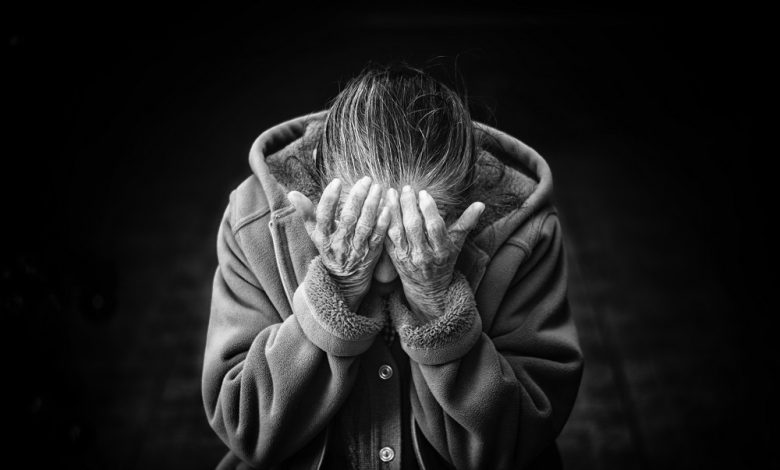
Accom needs intensify for ‘new’ homeless demographic
Did you know 240,000 Australian women aged over 55 are considered at risk of homelessness and in need of long-term accommodation?
A new report attempts to shine a light on the fastest-growing cohort of homeless Australians: women over the age of 55. The Retirement Living Council sets out some policy solutions to prevent more from slipping through the net.
Did you know that it is single women who do not own their homes who are at the greatest risk of poverty in retirement and are the fastest-growing group of homeless Australians?
With a shortage of long-term rental properties plus rising rents, urgent multi-agency, sector, and government action is called for.
The homeless crisis is complicated and has been exacerbated, more recently, by COVID and floods, but for many years the long-term rental market has been outstripped by increasing demand from renters. On top of this, the trend of residential properties moving towards the AirBnB and short-term accommodation market has grown.
A snapshot of the nationwide homeless problem is very evident somewhere like the Gold Coast’s Surfers Paradise, which is known by many to be the fun capital of Australia. Although filled with high-rise, short-term accommodations and multimillion-dollar developments, it also harshly reveals the jarring juxtaposition between vacant apartments and its homeless cohort of women over 55, unsafe and without hope of finding long-term accommodation.
Why are so many older Australian women vulnerable to homelessness?
This particular generation of women are more vulnerable because they are more likely to have worked in low-wage jobs, to have worked part-time or casually, and are more likely to have taken long breaks from paid employment to care for others.
Many of these women are faced with the consequences of lower lifetime earnings, limited savings, and less super than men. If they are separated from a partner they are even worse off, especially if they lost half share in a home they once had, because the asset of homeownership and equity really matters in retirement.
Retirement Living Council President, Marie-Louise MacDonald calls these women the “missing middle” and says there is an urgent need to support them.
“These are women who have done everything that society has asked of them, yet they are in housing limbo because they have too much money to qualify for social housing and too little money to buy a house,” she said.
“Their age is often a big barrier to securing a housing loan, and the pressure of paying rent quickly eats into modest retirement savings. These are women who do not deserve to be staring down the barrel of homelessness at this point in their lives.”
The newly released landmark report by the Retirement Living Council provides a suite of policy recommendations to provide practical solutions for governments, to help more older Australian women find safe, secure, long-term homes.
The report provides eight key recommendations including introducing support services, rolling out awareness campaigns, developing a portal for pre-listings that would give eligible people priority access before properties hit the market, and introducing a dedicated women’s’ housing engagement officer.
It also recommends making more retirement living properties eligible for Commonwealth Rental Assistance, introducing government-backed loans to help eligible people enter retirement communities, allowing early access to superannuation to help older women secure retirement living housing, as well as new incentives and grants to support innovative retirement living projects.
“We know as many as 240,000 women aged over 55 are considered at risk of homelessness,” Ms MacDonald said.
“Retirement living is not a ‘shovel ready’ solution, it’s actually a ‘resident ready’ solution,” she said.
The Hon. Dr Kay Patterson AO, the Age Discrimination Commissioner, has also thrown her support behind the report, acknowledging the potential changes that retirement living can make in the lives of older, vulnerable women.
“The issue of older women at risk of homelessness or who are homeless requires a range of responses. I commend the Property Council and the retirement living sector for stepping up and suggesting how it could contribute to addressing this ever-increasing problem,” Dr Patterson said.
The Grattan Institute has also released a proposal for a national shared equity scheme saying it could help many escape the homeless fate.
Mandy has over 17 years of accommodation and tourism industry writing experience and is Editor of AccomNews & Resort News, Publisher of SchoolNews & Director of Multimedia Pty Ltd. She is a retired registered nurse with a 25-year NHS career that followed a few unforgettable years in hotel housekeeping.






